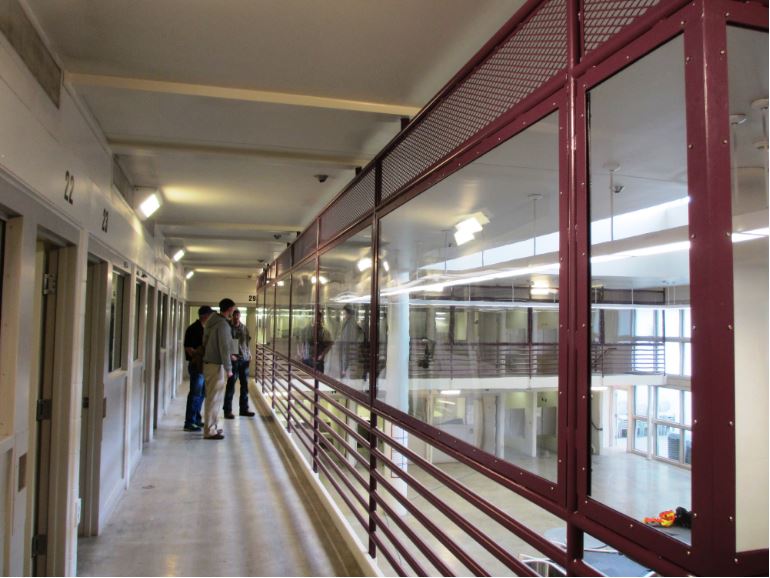Anchorage Correctional Facility

Anchorage Correctional Facility stands as a cornerstone of the Alaskan penal system, serving not just as a place of confinement but also as a hub for rehabilitation and reintegration. Nestled in the heart of Anchorage, it plays a crucial role in the state’s criminal justice system, housing individuals awaiting trial, serving short sentences, or undergoing rehabilitation programs.
A Brief Overview
Established to manage low to medium-risk offenders, the Anchorage Correctional Facility is distinct from larger maximum-security prisons. Its primary aim is to facilitate rehabilitation, promote personal growth, and aid in the transition of inmates back into society.
Facility and Infrastructure
The facility boasts a purposeful design, featuring various housing units, classrooms, vocational training areas, and recreation spaces. The layout emphasizes safety, with well-secured areas and stringent protocols to ensure the well-being of both inmates and staff.
The housing units are segregated based on gender and specific programs to cater to the diverse needs of the inmate population. In addition to dormitory-style housing, there are educational and vocational training facilities aimed at equipping inmates with skills that can prove invaluable upon their release.
Programs and Rehabilitation
The hallmark of Anchorage Correctional Facility is its emphasis on rehabilitation. It offers an array of programs aimed at addressing various aspects of an individual’s life, including substance abuse treatment, mental health counseling, educational classes, vocational training, and re-entry programs.
The substance abuse treatment programs focus on recovery and relapse prevention, aiding inmates in overcoming addiction issues that might have contributed to their criminal behavior. Mental health counseling provides crucial support for those dealing with psychological challenges, aiming to address underlying issues and prevent recidivism.
Education is a powerful tool for transformation, and the facility provides access to GED classes, vocational training, and life skills programs. These initiatives help inmates gain knowledge and skills that can increase their employability upon release, reducing the likelihood of reoffending.
Reintegration and Community Engagement
The process of reintegration into society begins within the walls of the facility. Inmates are provided with resources and guidance to create a post-release plan. This plan includes securing housing, employment opportunities, and accessing community support services.
Community engagement programs bridge the gap between the facility and the outside world. These initiatives involve partnerships with local organizations, businesses, and volunteers who provide mentorship, job training, and support networks for individuals transitioning back into society.
Challenges and Future Outlook
Operating a correctional facility like Anchorage Correctional Facility comes with its share of challenges. Limited resources, overcrowding, and the complexity of individual cases can strain the effectiveness of rehabilitation efforts. Continual evaluation and adaptation of programs are essential to address these challenges and improve outcomes.
Looking ahead, the goal remains to enhance the facility’s capacity to reintegrate inmates successfully. This involves investing in evidence-based programs, fostering community partnerships, and advocating for policies that prioritize rehabilitation over punitive measures.
Conclusion
Anchorage Correctional Facility embodies a multifaceted approach to incarceration—one that combines accountability with rehabilitation. By focusing on empowering individuals to lead constructive lives post-release, the facility strives to break the cycle of recidivism and create a safer, more inclusive community for all.





